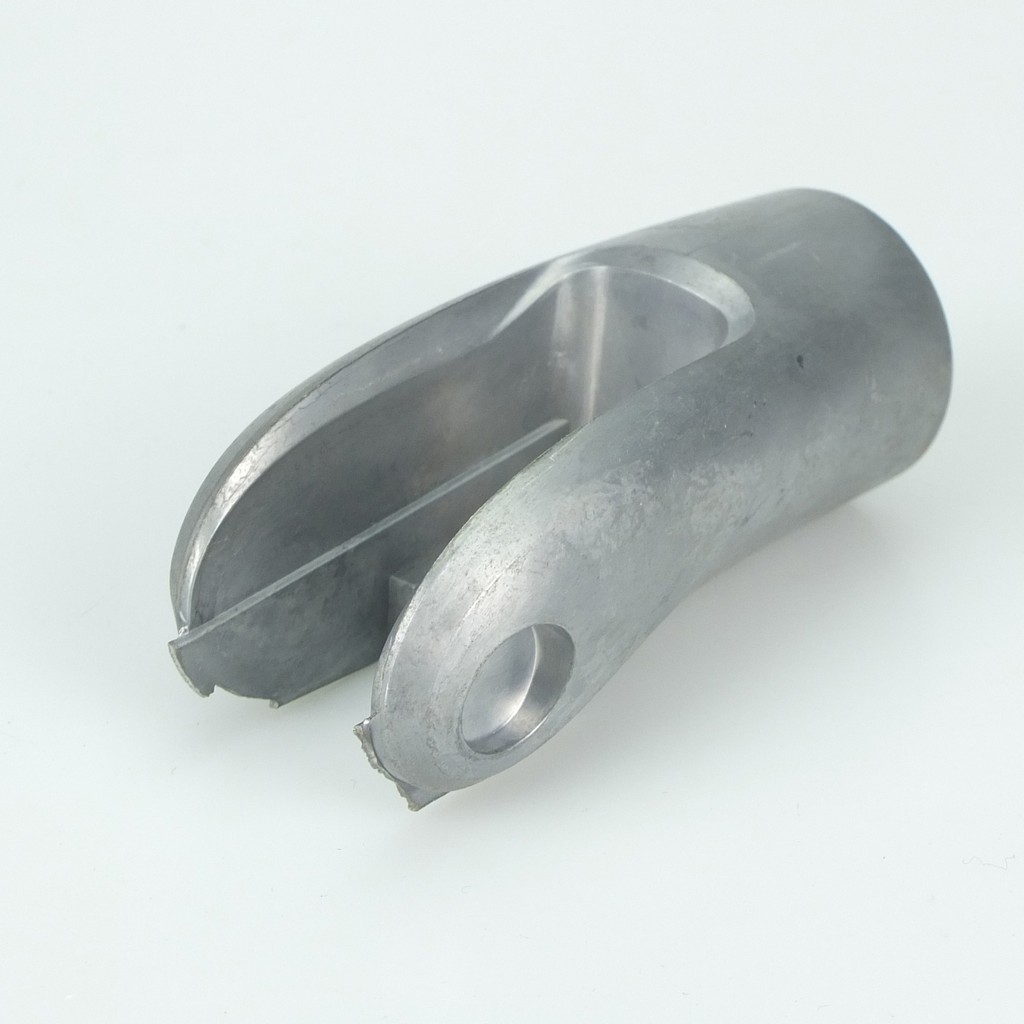
Also known as traditional die casting, high- pressure die casting is really a metal casting process that entails injecting molten metal— metal, zinc, copper, aluminum, lead, magnesium, etc.— into a 3- dimensional mold. The foundation metal is heated until it achieves a liquid, molten condition. It 's then forced in the mold 's cavity, and can take the existing current condition of the mold once cooled.
High- pressure die casting enables you to create sets from blocks to aerospace components and also heavy- duty fasteners. During your time on st. kitts are other ways to execute it, most high- pressure die casting processes contain the four following steps.
# 1) Preparing the Mold
The initial step an excellent source of- pressure die casting is mold planning. With this initial step, the manufacturing company applies a lubrication to the inner walls in the mold. This will be significant since the lubricant regulates the mold 's temperature while also making a film between your smelted metal plus the mold, therefore permitting easier associated with the casting.
# 2) Injection
After planning the die mold, the availability company injects it with smelted metal. The mold must be completed closed and sealed during this step. Otherwise, it will be unable to "accept" the highly pressurized molten metal. According to the specific application, the molten metallic could be injected in to the mold with a pressure of between 1, 500 to twenty- five, 000 pounds per square inches( PSI). The mold maintains this pressure until the molten metallic has cooled and solidified.
# 3) Cavity Disposition
Next, manufacturing company ejects the newly made cavity from your mold. The mold itself typically features ejector pins that, when engaged, release the cavity. Needless to say, the cavity must certanly be solid because of it to eject. In the event the natural metal is still liquid, the manufacturing company must wait for it to cool before it can eject the cavity from the mold.
# 4) Shakeout
Your fourth and final step great for- pressure die spreading is shakeout. In this step, the manufacturing company separates any discard metal from the newly created cavity. It 's not unusual for high- pressure die casting to make excess scrap metal. On other words, not all of the molten metal can be used to create the spreading. Some remains stuck inside the mold. As a result , the scrap metal must be removed before the mold can be reused.
To recap, high- pressure die casting generally consists of four steps: preparing the mildew, injecting the mold with smelted metal, ejecting the newly created cavity from the mold, and separating scrap metal from the cavity.
No tags for this post.